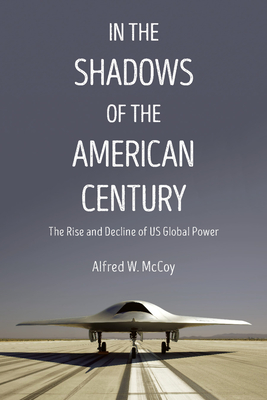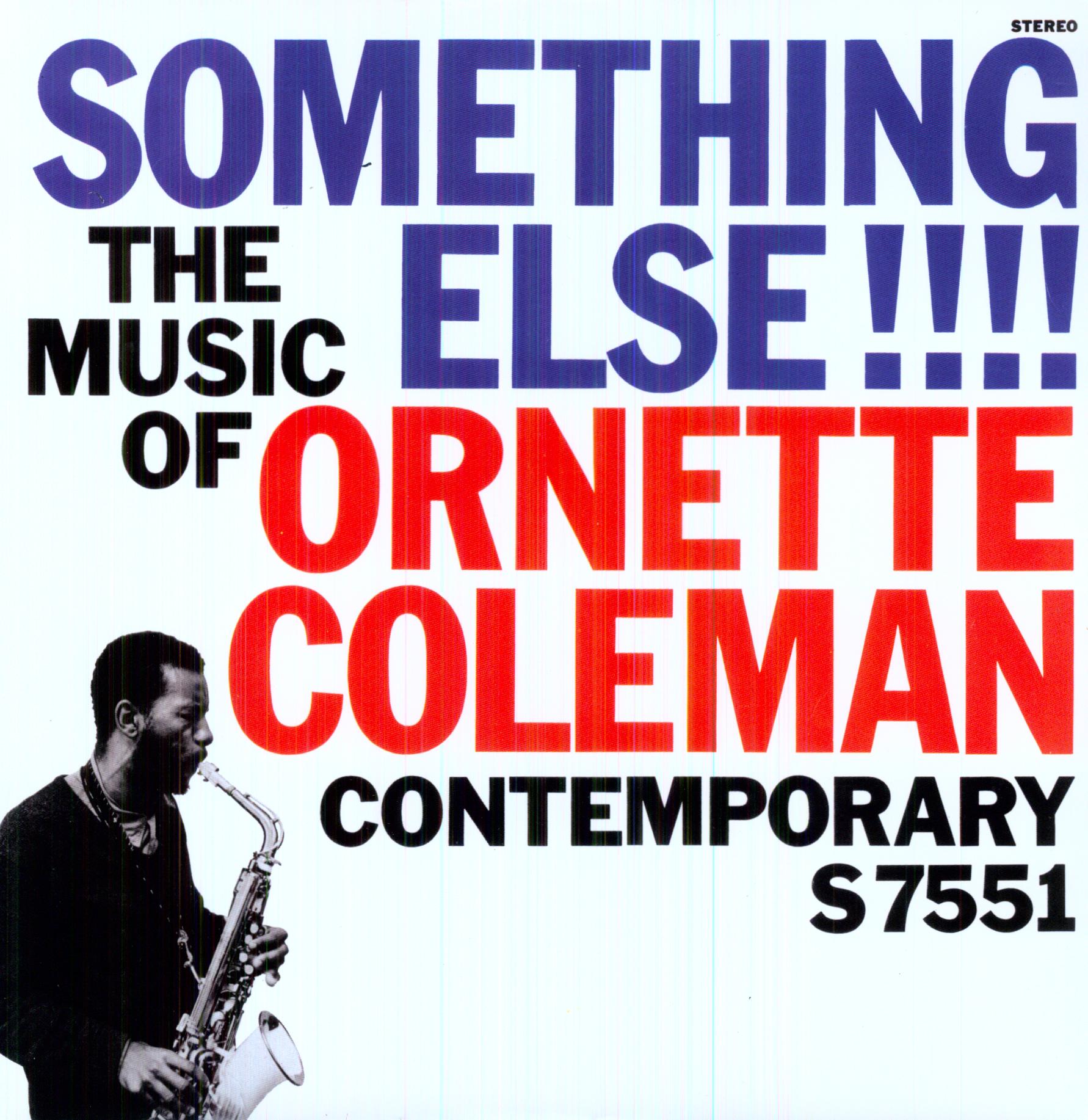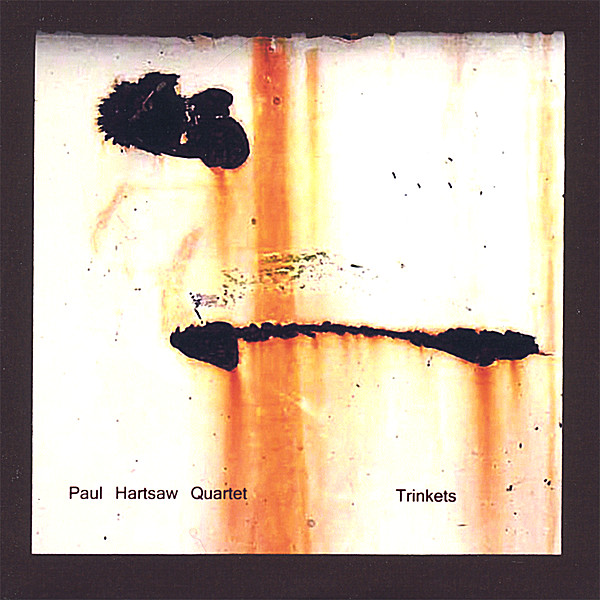
Charles River Editors
product information
description
2*Includes pictures *Includes correspondence between the spy ring and explains the results of their activities *Includes a bibliography for further reading After the siege of Boston forced the British to evacuate that city in March 1776, Continental Army commander George Washington suspected that the British would move by sea to New York City, the next logical target in an attempt to end a colonial insurrection. He thus rushed his army south to defend the city. Washington guessed correctly, but it would be to no avail. Unlike Boston, New York City's terrain featured few defensible positions. The city lacked a high point from which to launch a siege, as the peninsula of Boston was fortunate to have. Moreover, Washington wasn't sure defending the city was necessary, hoping that an expedition launched toward Quebec like the one Benedict Arnold had led in late 1775 would keep the British away from New York anyway. However, Congress thought otherwise, and demanded that Washington defend New York. Washington thus did what he was told, and it nearly resulted in the army's demise. In the summer of 1776, the British conducted the largest amphibious expedition in North America's history at the time, landing over 20,000 troops on Long Island. British General William Howe, who had led the British at Bunker Hill and would later become commander in chief of the armies in North America, easily captured Staten Island, which Washington was incapable of defending without a proper navy. Washington's army attempted to fight, but Washington was badly outmaneuvered, and his army was nearly cut off from escape. The withdrawal across New York City was enormously disorderly, with many of Washington's troops so scared that they deserted. Others were sick as a result of the dysentery and smallpox plaguing the Continental Army in New York. In what was arguably the worst defeat of the Revolution, Washington was ashamed, and he also felt betrayed, by both his troops and Congress. However, unbeknownst to nearly everyone, Washington had some men remain active in New York City: the now famous Culper Ring, one of the Revolution's first major intelligence efforts. The ring consisted mostly of a group of civilians in and around New York City who spied on the British forces and Loyalist Americans and reported what they saw and overheard ultimately to Washington, who took a personal, hands-on approach to their management. After modern histories brought their story more fully to light, these spies have since become the subject (with the historical facts somewhat altered) of a recent hit television show, Turn: Washington's Spies. Without question, the relatively little-known clandestine actions of these patriotic men and women contributed to the eventual victory of the long struggle for American independence, and several good books cover part or all of the history of the Culper Ring. However, the main sources consist of the correspondence, much of which has somehow survived, between the members of the ring and their military handlers. Like other spy tales, theirs is a story of courage fraught with constant suspense at being found out and facing a caught spy's usual fate of imprisonment and execution. Indeed, around the time the ring was being organized, America's most famous spy, Nathan Hale, had been caught with maps of British positions on Long Island in his possession and had been summarily hanged. The Culper Ring: The History and Legacy of the Revolutionary War's Most Famous Spy Ring profiles the members of the ring and their activities. Along with pictures of important people, places, and events, you will learn about the Culper Ring like never before, in no time at all.
member goods
No member items were found under this heading.
Return Policy
All sales are final
Shipping
No special shipping considerations available.
Shipping fees determined at checkout.







